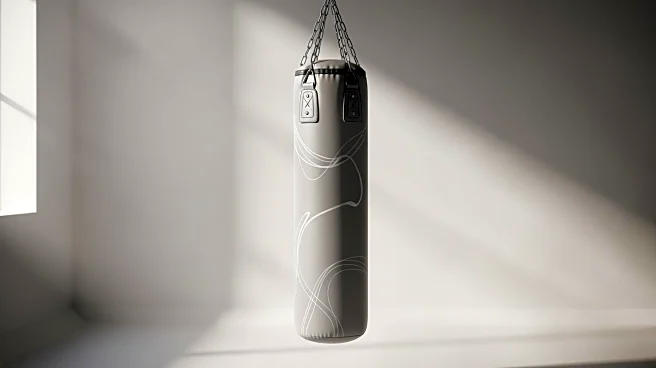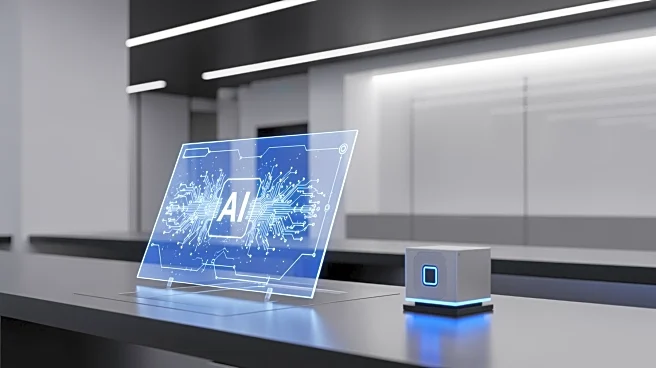What's Happening?
An IT technician experienced a heated encounter with a Target shopper while fixing a self-checkout machine. The technician, who works in retail and hospitality IT, was at the store to troubleshoot and repair
a malfunctioning register. Dressed in casual attire, the technician was mistaken for a store employee by a customer using a nearby register. The customer launched into a rant, accusing the technician of mistrusting shoppers and questioning the self-checkout process. Despite the technician's clarification that he was not a store employee, the customer remained unconvinced and continued his tirade. The situation escalated when the customer, a retired Department of Corrections officer, made a non sequitur remark about his previous occupation, leaving the technician perplexed. The incident highlights the challenges faced by field technicians who often work in public spaces without clear identification as non-store employees.
Why It's Important?
This incident underscores the potential for misunderstandings in retail environments, particularly with the increasing reliance on self-checkout systems. As stores continue to integrate technology to streamline operations, the presence of technicians in casual attire can lead to confusion among customers. This situation highlights the need for clear communication and identification of non-store personnel to prevent similar misunderstandings. The broader significance lies in the evolving dynamics of customer service and the role of technology in retail, which can impact customer satisfaction and store operations. Retailers may need to consider strategies to better inform customers about the roles of various personnel present in their stores.
What's Next?
Retailers might explore options to improve identification of technicians and other non-store employees to prevent future misunderstandings. This could include providing badges or uniforms that clearly distinguish them from store staff. Additionally, stores may consider enhancing customer communication regarding the roles and responsibilities of different personnel present in the store. As self-checkout systems become more prevalent, retailers may also need to address customer concerns about security and trust in these systems, potentially through improved signage or customer education initiatives.
Beyond the Headlines
The incident raises questions about the cultural and social dynamics in retail environments, where assumptions about roles and responsibilities can lead to conflict. It also highlights the importance of empathy and understanding in customer interactions, as well as the potential for bias based on appearance or attire. Long-term, this could influence how retailers design their customer service strategies and train their staff to handle similar situations with tact and professionalism.












